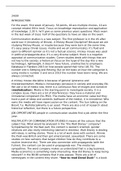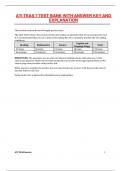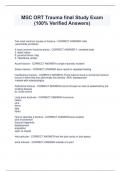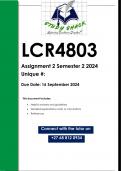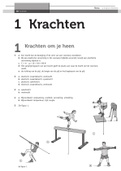Notes de cours
Class notes on Introduction to Communication studies
- Établissement
- Vrije Universiteit Brussel (VUB)
Transcription of the lectures held during the year . I have also added examples, student's questions and insights from the text book. I had a final grade of 18/20.
[Montrer plus]
